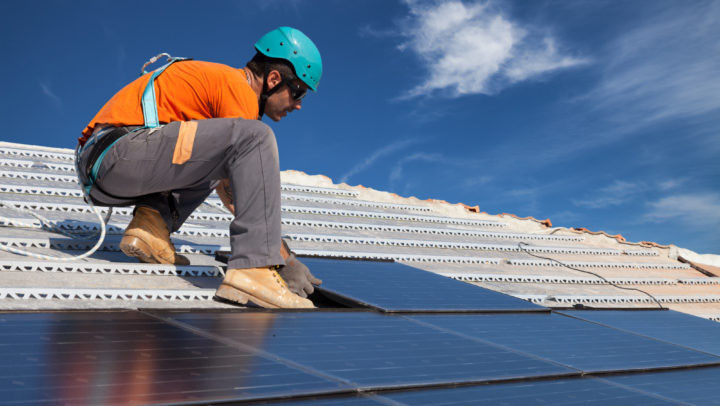How to Test Your Solar Supply
With the number of new installations growing rapidly, by now over 1.5 million homes get some of their power from solar panels. While many of these installations involved new panels, lots of homeowners install secondhand or used panels to see what works for their system.
If you’re curious whether your panels have lost some of their integrity, it might be time to test your solar supply.
Solar panels don’t have a lot of “parts” that can break, they can certainly wear out simply due to age, accidents, and exposure to weather.
If the cells wear out, your panels are not going to absorb or transmit power the way they once did.
If you want to diagnose degradation in the amount of power you’re getting from your solar panels or just want to test your solar supply, look for these 3 issues.
1. Check The Voltage and Current
When a panel is brand new, it is intended to have a certain level of output based on manufacturer’s specifications. If you’ve abandoned your user’s manual or if you don’t know what number to look for, see if you can find a manual online.
If you can’t find your manual, call the manufacturer.
Get a multimeter at your local hardware store if you don’t have one. Your meter needs to be able to read up to 10 amps.
Set it to that scale when you measure. If your reading is 20% less than the optimal manufacturer’s suggested reading, then you’re seeing some degradation.
Let it charge again and test a second time before you decide to replace your panel.
2. Look For Signs of Physical Wear
Being on a rooftop or outside can be risky for any kind of equipment. The unfortunate fact of solar panels is that they need to have a very clean and clear glass surface for photocells to work the best.
Throughout the seasons, your panel will experience extreme temperatures. Materials that comprise the panels will expand and contract over the seasons. After a few cycles, you could end up with cracks due to the changes.
Falling objects like branches, hail, or acorns can hit the panels at high speeds. Be sure to check your panels after every major storm. Take some time when possible to clean your panels.
Dirt and debris on your panels could give you the impression that they’re not working well when it’s just that the cells are obstructed.
3. Check On Your Panel’s Age
High-quality solar panels are meant to last for decades under ideal conditions. While the cells will produce some amount of electricity for even longer, the silicon material will deteriorate over time and be less effective.
If you got your panel used or from a friend, see if you can find information online about how old it might be. Because of recent tax credits, it might be cheaper to replace an old panel than to keep working with its meager output.
An Efficient Solar Supply Can Save Money
Taking out the inefficiencies in your solar panel supply, like a single panel in series that isn’t performing as well as the rest, can save money in your electric bill. If you’ve seen your panels underperforming or you’ve seen a jump in your bill, your panels might be to blame.
If you’re ready to start investigating inefficiencies in your solar supply, contact a solar repair contractor today to get your investigation started on the right foot.
Not Saving As Much Money With Solar As You Thought?
Most homeowners confirm that solar by itself did not save them as much money as they originally thought. That’s because most homes are built inefficiently and need proper attic insulation, radiant barrier and other energy products to really see big savings.
Homeowners who make their home energy efficient first are guaranteed to save more than homeowners that only choose solar. This also ensures that your energy consumption lowers as well.
The cost of solar panels is based on how many kw it takes to power your home. Lowering the energy consumption would allow you to purchase a smaller 5-6 kw system. This saves you thousands of dollars right away and ever more money down the road. Pay your system off faster and save money sooner by installing energy upgrades today!

